Why Are Power Transformers and Distribution Transformers Essential for Reliable Energy Supply?
Have you ever wondered what keeps your lights on, even during storms? The answer lies in two unsung heroes: power and distribution transformers.
Power and distribution transformers are essential for reliable energy supply because they enable efficient electricity transmission and distribution. Power transformers step up voltage for long-distance transmission, while distribution transformers step it down for safe use in homes and businesses. Together, they form the backbone of our electrical grid.
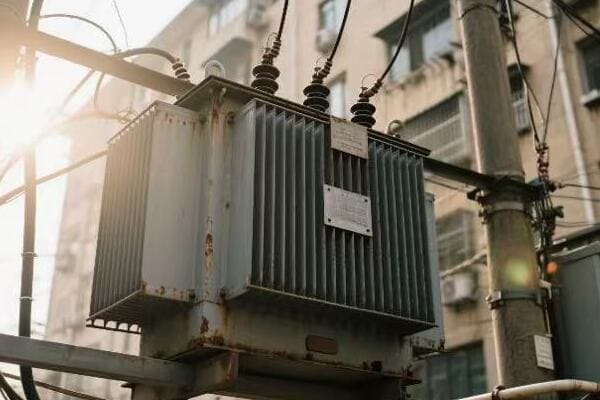
I’ve spent years working with these transformers, and I’ve seen firsthand how crucial they are to our daily lives. Let’s explore why these devices are so important and how they keep our energy supply reliable.
The Dual Pillars of Power: Distinguishing Roles of Power and Distribution Transformers?
Ever noticed those big substations and smaller green boxes in your neighborhood? They house different types of transformers, each with a unique role.
Power transformers and distribution transformers serve distinct but complementary roles in the electrical grid. Power transformers handle high voltages and large power capacities at generation and transmission levels. Distribution transformers manage lower voltages and smaller power loads, delivering electricity directly to end-users.
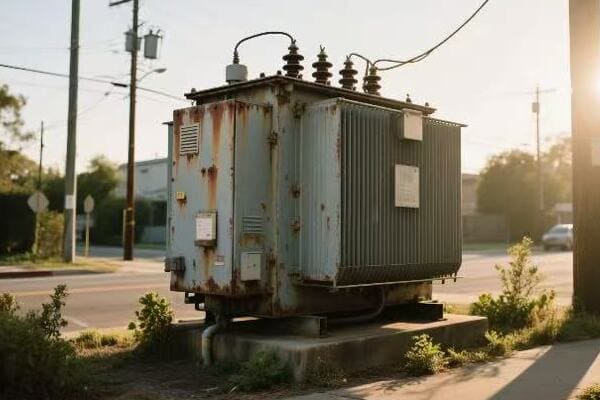
In my career, I’ve worked with both types of transformers. Here’s how they differ and why both are essential:
Power Transformers: The Heavy Lifters
These are the giants of the transformer world:
- High Voltage Handling: Typically operate at voltages above 69 kV.
- Large Capacity: Can handle power levels from tens to hundreds of MVA.
- Location: Found in power plants and major substations.
I once worked on a project installing a 500 MVA power transformer at a hydroelectric plant. Its size was impressive – about as big as a small house!
Distribution Transformers: The Local Providers
These are the transformers you’re more likely to see in your daily life:
| Feature | Typical Range |
|---|---|
| Voltage | 34.5 kV and below |
| Capacity | Up to 2,500 kVA |
| Location | Neighborhoods, poles, underground vaults |
In a recent urban development project, we installed dozens of distribution transformers. Each one served about 10-12 homes, stepping down the voltage from 12 kV to 240/120 V for household use.
Key Differences in Design
The roles of these transformers influence their design:
- Cooling Systems: Power transformers often use oil and external cooling, while distribution transformers are usually self-cooled.
- Insulation: Power transformers require more robust insulation due to higher voltages.
- Tap Changers: More common and complex in power transformers for voltage regulation.
I remember a case where we had to retrofit a power transformer with an advanced on-load tap changer. It was a complex operation, something you wouldn’t see with a typical distribution transformer.
Maintenance and Lifespan
The care these transformers need also differs:
- Power Transformers: Require regular, specialized maintenance and can last 30-40 years.
- Distribution Transformers: Generally need less maintenance and have a lifespan of 20-30 years.
In my experience, the maintenance schedule for a large power transformer is much more intensive. We once had to perform a complete oil change on a 30-year-old power transformer – a task that took several days and specialized equipment.
Ensuring Grid Stability: How Transformers Maintain Consistent Electricity Supply?
Have you ever wondered why your lights don’t flicker every time a big factory turns on its machines? Transformers play a key role in this stability.
Transformers maintain consistent electricity supply by regulating voltage levels, managing power flow, and responding to load changes. They act as buffers in the electrical system, smoothing out fluctuations and ensuring that end-users receive stable, reliable power regardless of upstream changes.
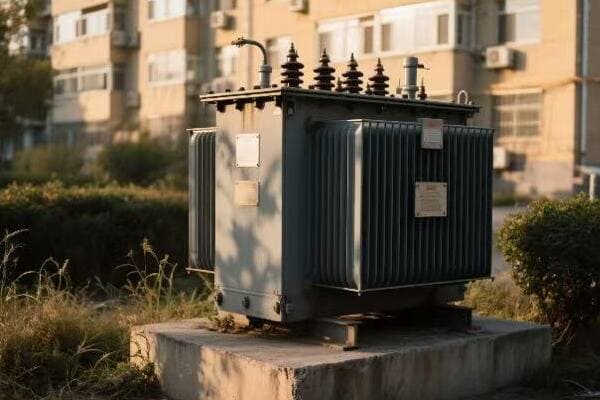
Throughout my career, I’ve seen how crucial transformers are in maintaining grid stability. Here’s how they do it:
Voltage Regulation
Transformers keep voltage levels steady:
- On-Load Tap Changers (OLTC): Adjust voltage ratios without interrupting power flow.
- Automatic Voltage Regulators: Work with transformers to maintain set voltage levels.
- Reactive Power Compensation: Help manage power factor and voltage stability.
I once worked on upgrading a substation with advanced OLTCs. The improvement in voltage stability was remarkable, especially during peak demand hours.
Load Balancing
Transformers help distribute power evenly:
| Method | How It Works |
|---|---|
| Phase Balancing | Evens out loads across three phases |
| Parallel Operation | Multiple transformers share load |
| Dynamic Load Shifting | Smart transformers redirect power as needed |
In a recent smart grid project, we implemented dynamic load shifting. The transformers could communicate and adjust their loads in real-time, significantly improving overall grid efficiency.
Fault Current Limitation
Transformers act as natural barriers to fault currents:
- Impedance: Limits the flow of fault currents.
- Differential Protection: Quickly isolates faulty sections.
- Grounding Transformers: Provide a path for fault currents in ungrounded systems.
I recall a case where a transformer’s impedance prevented a major fault from cascading through the grid. It essentially acted as a firewall, containing the issue to a small area.
Harmonic Mitigation
Modern transformers help clean up power quality:
- K-Rated Transformers: Designed to handle harmonic loads.
- Phase-Shifting Transformers: Cancel out certain harmonics.
- Active Harmonic Filters: Work alongside transformers to remove harmonics.
In a data center project, we used K-rated transformers to manage the high harmonic content from the servers. The improvement in power quality was significant, leading to better equipment performance and longevity.
Reliability Under Pressure: Transformer Resilience in Preventing System-Wide Failures?
Ever wondered how our power grid withstands extreme conditions? Transformers are the unsung heroes in preventing widespread blackouts.
Transformer resilience is crucial in preventing system-wide failures. Through robust design, advanced protection systems, and strategic placement, transformers act as bulwarks against cascading outages. Their ability to withstand and isolate faults is key to maintaining overall grid reliability.
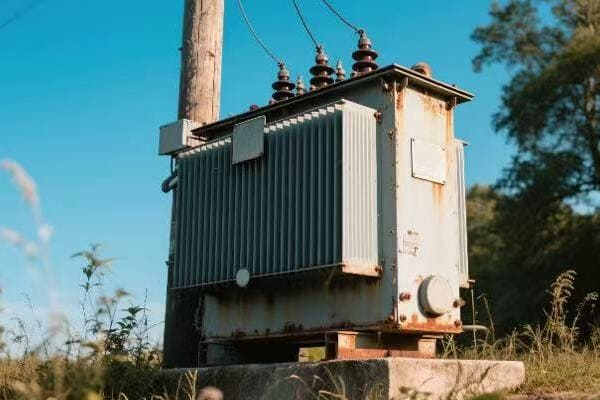
I’ve seen transformers save the day in critical situations. Here’s how they stand up to pressure:
Robust Design and Construction
Transformers are built to last:
- Overload Capacity: Can handle short-term overloads without damage.
- Thermal Management: Advanced cooling systems prevent overheating.
- Mechanical Strength: Designed to withstand physical stresses, including seismic events.
I once inspected a transformer that had survived a major earthquake. Its robust construction prevented what could have been a catastrophic failure.
Advanced Protection Systems
Modern transformers come with multiple layers of protection:
| Protection Type | Function |
|---|---|
| Differential Relays | Detect internal faults rapidly |
| Buchholz Relays | Identify gas accumulation in oil |
| Thermal Monitoring | Continuous temperature tracking |
In a recent substation upgrade, we installed a state-of-the-art protection system. During a severe thunderstorm, it successfully isolated a fault in milliseconds, preventing a wider outage.
Strategic Placement and Redundancy
Careful planning enhances grid resilience:
- N-1 Criterion: System designed to operate even if one component fails.
- Distributed Transformation: Multiple smaller transformers instead of one large unit.
- Mobile Transformer Units: Rapid deployment for emergency situations.
I worked on a project implementing a distributed transformation strategy in an urban area. When one transformer failed, the others seamlessly took up the load, avoiding any customer outages.
Self-Healing Capabilities
The latest transformer technologies include self-healing features:
- On-Load Tap Changers: Automatically adjust to voltage fluctuations.
- Smart Monitoring Systems: Predict and prevent failures before they occur.
- Rapid Switching: Quickly isolate faults and reroute power.
In a smart grid implementation, I saw these self-healing capabilities in action. A potential transformer failure was predicted and prevented, showcasing the power of predictive maintenance.
Efficiency in Action: Modern Transformer Technologies for Minimizing Energy Losses?
Did you know that older transformers can waste a significant amount of energy? Modern technologies are changing this, making our power systems more efficient than ever.
Modern transformer technologies significantly minimize energy losses, improving overall grid efficiency. Advanced core materials, innovative winding designs, and smart monitoring systems work together to reduce both no-load and load losses. These improvements translate to substantial energy savings and reduced operational costs.
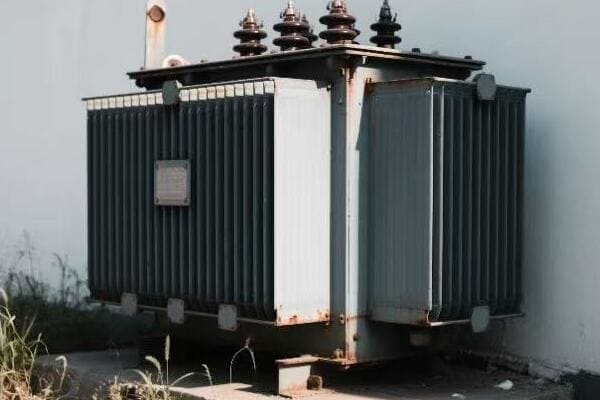
Throughout my career, I’ve witnessed the evolution of transformer efficiency. Here’s how modern technologies are making a difference:
Advanced Core Materials
The heart of efficiency improvements:
- Amorphous Metal Cores: Reduce no-load losses by up to 70% compared to traditional silicon steel.
- High-Grade Grain-Oriented Electrical Steel: Offers lower hysteresis losses.
- Laser-Scribed Cores: Minimize eddy current losses.
I recently worked on a project replacing old transformers with amorphous core units. The energy savings were so significant that the utility company recovered the investment in just four years.
Innovative Winding Designs
New winding techniques further reduce losses:
| Design | Benefit |
|---|---|
| Foil Windings | Lower eddy current losses |
| Continuously Transposed Conductors | Reduce circulating currents |
| Optimal End-Insulation | Minimize stray losses |
In a recent manufacturing plant upgrade, we used transformers with advanced winding designs. The reduction in load losses was impressive, leading to cooler operation and extended transformer life.
Smart Monitoring and Control
Real-time efficiency management:
- Online DGA (Dissolved Gas Analysis): Detects potential issues early.
- Temperature Monitoring: Optimizes cooling system operation.
- Load Management Systems: Ensures transformers operate at their most efficient points.
I implemented a smart monitoring system for a group of transformers in a large industrial complex. The system’s ability to optimize load distribution and cooling resulted in a 5% overall efficiency improvement.
Cooling System Innovations
Keeping transformers cool improves efficiency:
- Ester-based Cooling Fluids: Better heat dissipation and environmental friendliness.
- Directed Oil Flow Designs: More effective cooling of windings.
- Advanced Radiator Designs: Improved heat exchange with the environment.
In a hot, arid environment, I worked on installing transformers with advanced cooling systems. They maintained high efficiency even in extreme temperatures, something that would have been challenging with older designs.
Disaster-Proofing Energy Networks: Transformer Strategies for Continuous Power in Crisis Situations?
Have you ever wondered how some areas maintain power even during natural disasters? The secret often lies in how transformers are designed and deployed.
Disaster-proofing energy networks involves strategic transformer deployment and design. This includes using resilient materials, implementing redundant systems, and adopting smart grid technologies. These strategies ensure continuous power supply even in crisis situations, minimizing downtime and accelerating recovery efforts.
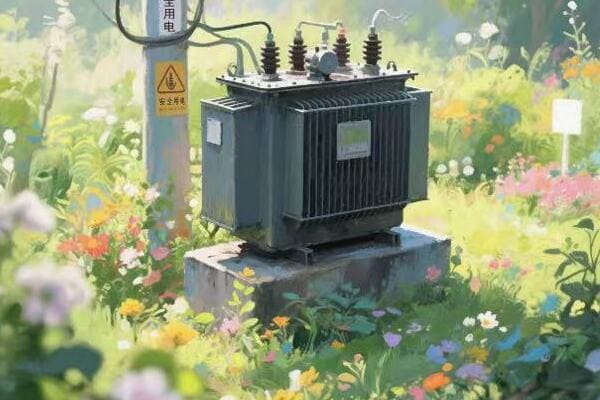
I’ve been involved in several projects focused on enhancing grid resilience. Here’s how we use transformers to keep the lights on during crises:
Resilient Design and Materials
Building transformers to withstand extreme conditions:
- Seismic-Resistant Designs: Withstand earthquake forces.
- Flood-Resistant Enclosures: Protect against water ingress.
- Wind-Resistant Structures: Survive high-speed winds in hurricane-prone areas.
I once worked on upgrading substations in a coastal area prone to hurricanes. We installed transformers with specially designed wind-resistant radiators and reinforced tanks. They’ve since weathered several major storms without issue.
Redundancy and Rapid Recovery
Ensuring quick restoration of power:
| Strategy | Implementation |
|---|---|
| N-1 or N-2 Redundancy | Multiple transformers sharing loads |
| Mobile Transformer Units | Quick deployment to affected areas |
| Modular Designs | Faster replacement of damaged components |
In the aftermath of a severe ice storm, I was part of a team that deployed mobile transformer units. We restored power to critical infrastructure within hours, while permanent repairs took weeks.
Smart Grid Integration
Leveraging technology for resilience:
- Self-Healing Networks: Automatically isolate faults and reroute power.
- Remote Monitoring and Control: Rapid response to developing situations.
- Predictive Maintenance: Prevent failures before they occur.
I implemented a smart grid system in a region prone to wildfires. The system’s ability to quickly isolate affected areas and reroute power potentially saved lives and certainly minimized outages during a particularly bad fire season.
Strategic Placement and Hardening
Protecting critical infrastructure:
- Elevated Installations: In flood-prone areas.
- Fireproof Barriers: Around transformers in wildfire zones.
- Underground Installations: In areas vulnerable to storms or vandalism.
For a project in a flood-prone city, we redesigned several substations with elevated transformer platforms. During the next major flood, these stations remained operational, providing crucial power for emergency services.
Conclusion
Power and distribution transformers are essential for reliable energy supply, ensuring grid stability, efficiency, and resilience. From daily operations to crisis situations, these devices form the backbone of our modern electrical infrastructure.
Free CHBEB Transformer Catalog Download
Get the full range of CHBEB transformers in one catalog.
Includes oil-immersed, dry-type, pad-mounted, and custom solutions.
Quick Message
Request A free quote
We'd like to work with you
- +86 15558785111
- [email protected]
- +86 15558785111
What We Do
CHINA BEI ER BIAN (CHBEB) GROUP, with 218 million in registered capital, originated from Beijing Beierbian Transformer Group. Headquartered in Beijing for R&D, it operates major production bases in Nanjing and Yueqing, producing high-quality products.
Latest Product
address
BeiJing
No 3,RongJing East Road,BeiJing Economic Technological Development Area,BeiJing,China
JiangSu
No 7️Xiangfeng Road,Jiangning,NanJing,JiangSu,China
WenZhou
No.211, Wei 16 Road, Industrial Zone, Yueqing, Wenzhou, Zhejiang, China.
XiangYang Industrial Zone ,YueQing,WenZhou,ZheJiang,China
contact us
- [email protected]
- +86 13057780111
- +86 13057780111
- +86 15558785111
Copyright © Bei Er Bian Group


